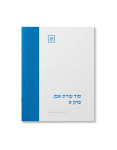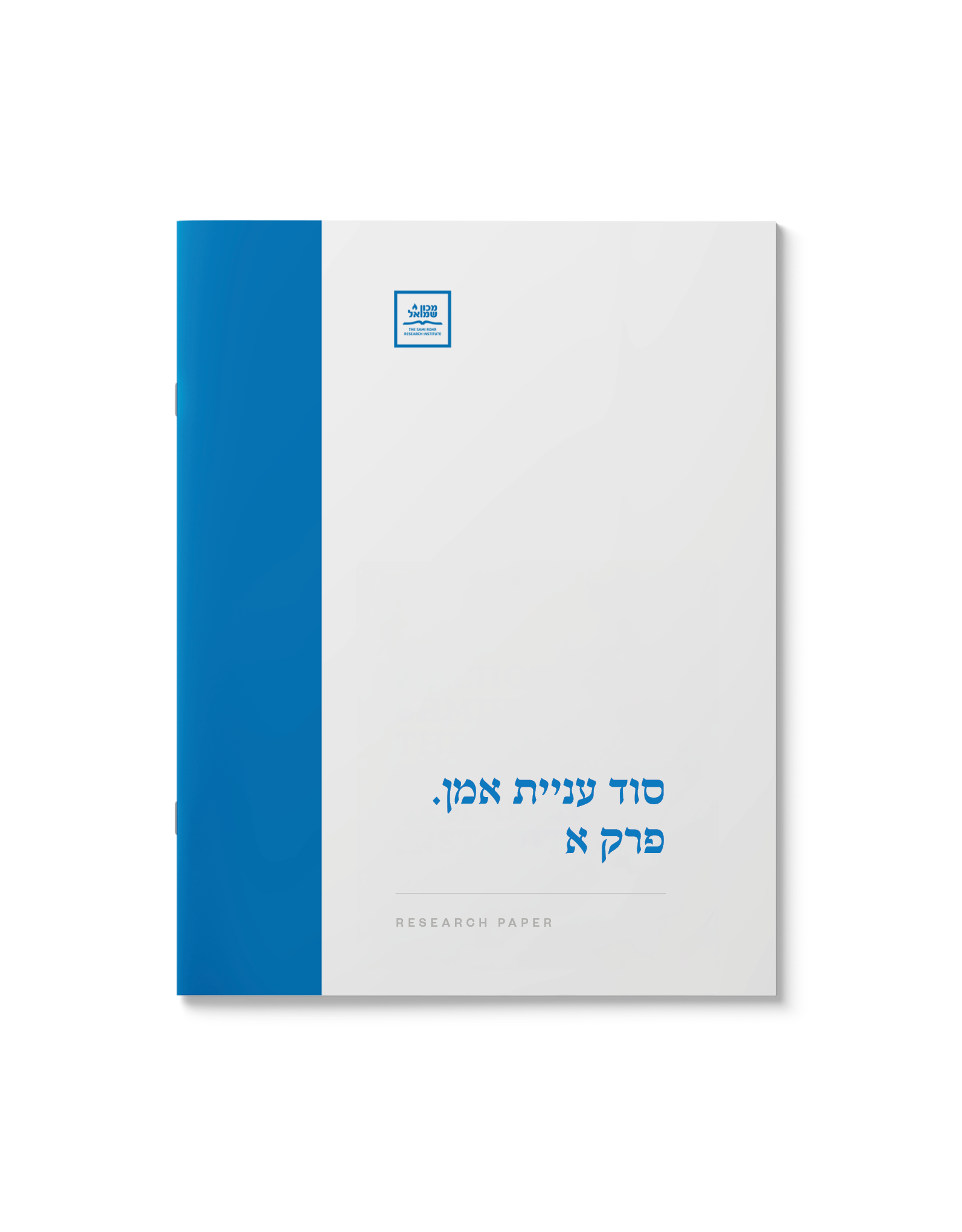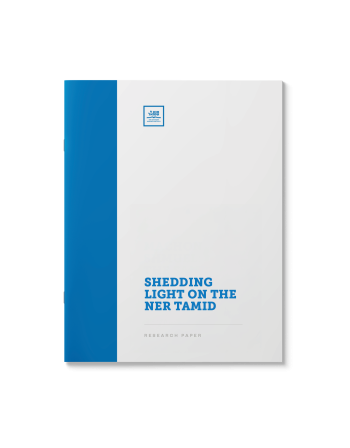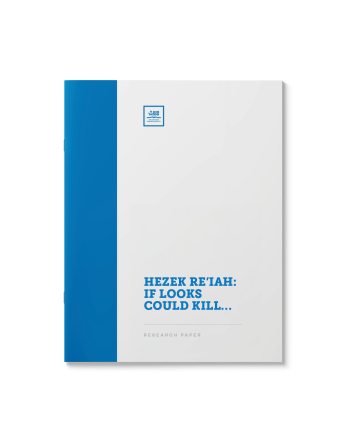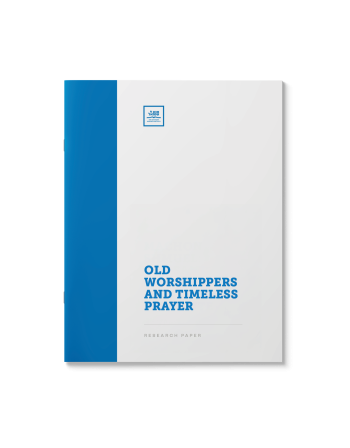סוד עניית אמן. פרק א
$39.00
אמן. מילה קטנה הטומנת בתוכה אוצרות גדולות. המילה שהפכה לביטוי עמקי האמונה, בכוחה להמשיך ברכות וכוחות עצומים. מהו אפוא סודה של עניית אמן? האיך אמור האדם להתחבר אליה במדה מלאה? סקירה מקיפה לאור גנזי הקבלה והחסידות (חלק א).
| Language | Hebrew |
|---|---|
| Paper Type | Research Paper |
| Pages | 13 |
Related Products
The beautiful Veyiten Lecha prayer customarily recited after Havdallah assembles a wide array of Torah passages. What do they mean and why do we say it?
What defines a “dangerous scenario” for which one must recite birkas hagomel? This paper addresses the questions and challenges introduced by air travel, and defines the types of illnesses and levels of recovery that require the gomel blessing.
Ana Bechoach is an ancient and mystical Jewish prayer and spells the names
of G-d acrostically. What is the meaning of this prayer?
As an expression of honor and submission, bowing before an authority has always been common. In Jewish prayer, numerous segments are associated with bowing and prostration. What are some of the reasons for bowing during the recital of Modeh Ani, Barchu, the Amida, Aleinu and during the Yom Kippur service?
The recitation of Kaddish is a central Jewish mourning rite. Mourners recite Kaddish for eleven months following the death of a loved one. What is the meaning of the prayer and the details of its observance? Why is it recited for specifically eleven months?
Joining the congregation in their recital of kedusha is important on many levels. But what should one do if he is still reciting the silent Amida? Or just about to begin? When a worshiper’s private Amida collides with the recital of Kedusha by the congregation, what is the appropriate response?
Who is obligated to bless the moon? What is
the meaning behind its prayers and rituals? Discover why the moon hangs high in
Jewish thought in this review of its laws and customs.
אמן׳ – מלה בת שלושה אותיות בלבד הטומנת בתוכה פנינים ומרגליות גם מתורת הנסתר והקבלה. מאמר המשך זה – פרק שני – בגדולתה של עניית אמן סוקר את סוד פעולת הברכה בעולם הספירות ועד המשכתה למטה על ידי עניית אמן. גדול העונה
A minyan of seniors, a common occurrence at old age homes, can be challenging. What does Jewish law say about seniors sleeping during the prayers, or seniors who are unable or unwilling to actively participate in the services?
The Shul generally davens Nusach Ashkenaz and their Chabad Rav has been serving as shliach tzibur for Ne’ilah for over thirty years. Instead of repeating the Yud Gimmel Midos seven times, he only recites them three times, and has done so for over three decades. Has the Rabbi deviated from a well-established norm dating back over a millennium, or is the congregation blissfully unaware of the genesis of this practice? This paper highlights all available original sources on the matter and allows the reader to draw his own conclusion.
Beseeching the Creator for His benevolence and salvation is a practice of universal import and value. But how did the uniquely Jewish form of prayer evolve? What was the process by which the first siddurim were designed?
Part II in a Series
Find out what is required of one who prays when it comes to focusing one’s mind on the Almighty. To what degree is kavanah really necessary? Are there any techniques that provide a shortcut to healthy kavanah?
Part IV in a Series


